Teddy Is My Friend: A Love Letter To PALO ALTO
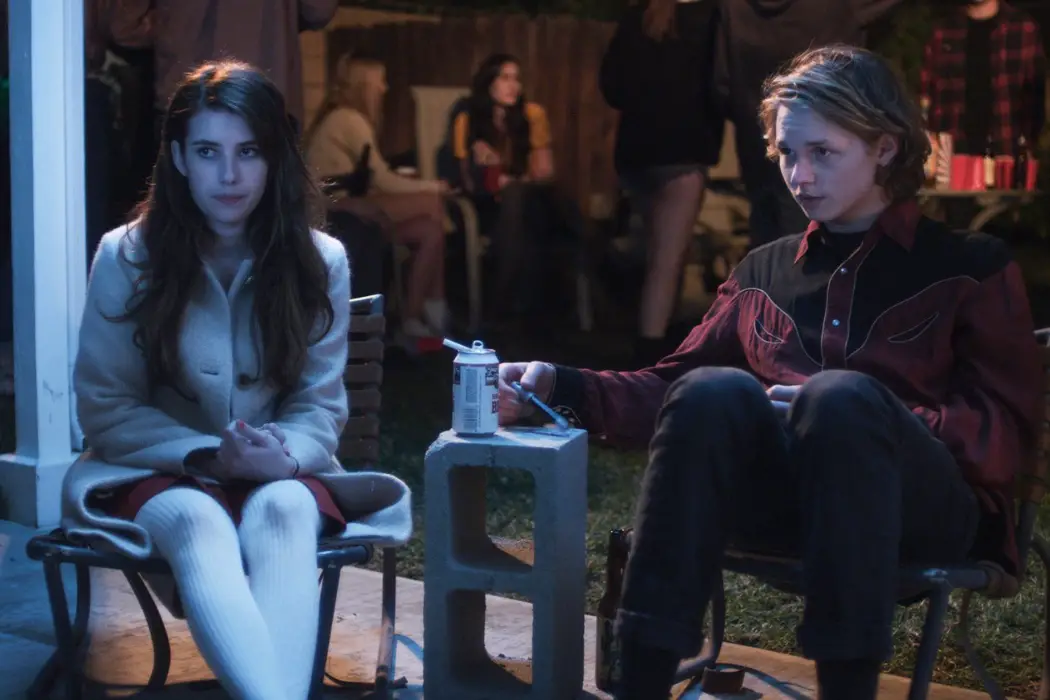
Amanda is a film student from California.
There’s something so specifically human about being a teenager where you can, as a collective, feel disregarded and misinterpreted all at once. The only thing worse than being misunderstood by the people around you, is to also be unwanted by the art you seek refuge in. That’s why the often formulaic portrayal of teenagers onscreen comes in the form of a comedic betrayal to a demographic that is just struggling to be taken seriously.
The early 2010’s had no shortage in teen movies, but it did, however, lack movies about teens. If we look at some of the films targeted towards teen audiences back then, we can see a mixed bag between comedy and hyper-realism (Scott Pilgrim vs. the World, Moonrise Kingdom). With the occasional teen-centered movie that would touch on somewhat more realistic darker themes such as The Perks of Being a Wallflower or Submarine.
It was kind of odd coming of age in the early 2010’s and seeing these ultra-fantastic teen stories, where really, the only teen part about them was the character’s overall confusion on life, and their incessant need to be their own narrator. That doesn’t take away from the fact that they were good movies; it just means it was harder to fully see myself in these characters that lived in such different worlds from me.
Now I’m sure there were some brave parents out there that showed their kids coming of age movies like Ghost World or Gummo at a young age – but at least in my case, the majority of films I saw leading up to those formative years were modern cut-and-dry takes on youth or relatively family-friendly classics. I only saw a lot of the movies that would eventually shape me later on.
The Palo Alto Paradox
Even at a young age I used to treat film as a form of escapism. I think the reason why I love movies, and immerse myself in them so much, is because they allow me to feel these intense emotions, but never look back and expect any sort of immediate emotional response from me. That’s why it was such a meaningful breakthrough when I first saw Gia Coppola’s coming of age movie Palo Alto. Watching Palo Alto for the first time really stuck out from the other movies I’ve seen up to that point because it wasn’t just passively shown to me; I watched it out of my own exploration, and for the first time I felt understood rather than observed.
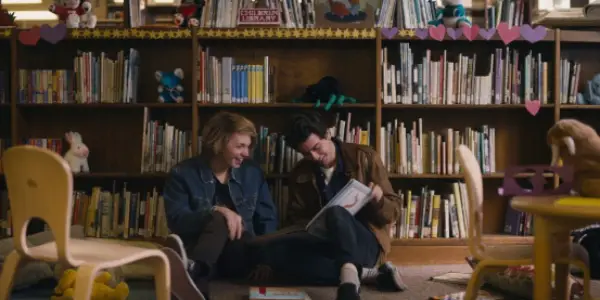
A quick google search of Palo Alto summarizes the movie as: “A lack of parental guidance encourages teens in an affluent California town to rebel with substance abuse and casual sex.” I found the directness and oversimplification of the description funny, but the overall idea of things was pretty accurate. It’s interesting to me how when you’re a teenager, everything you do seems big and influential to the rest of your life, and it can just be simplified down to rebellion and substance abuse.
The city of Palo Alto, where the movie is shot, is a paradox within itself. I grew up not too far away from there, and would often see the affluence as they would describe; after all it was right next door to one of the tech capitals in the United States: Silicon Valley. However, quite literally if you headed just slightly left you’d end up in East Palo Alto (where they shot at Paly, a real high school) and would find yourself in a historically dangerous city in the Bay Area that acted as the black sheep in Silicon Valley’s picture-perfect tech dreamland.
The “affluent” characters from Palo Alto are unintentionally living an all too familiar contradiction of what it means to be human. Their own problems plague their minds; unaware and even unbothered by the issues that are just a few doors down.
I Would Be The King
An opening scene in a movie can either make or destroy how you view the rest of the film. That’s why Palo Alto’s opening sequence, very smartly, plays into its alluring approach in observing characters. The opening shots takes place at night in an empty parking lot mid-conversation between two teenage boys: Teddy (played by then first-time actor Jack Kilmer), and Fred (Naked Brother’s Band alumni Nat Wolff).
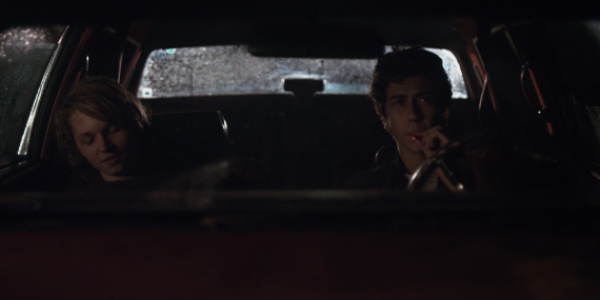
As they’re sitting in their car, Fred casually asks Teddy what he would do in the “olden days” if time travel existed. To which Teddy responds without hesitation: “I would be the king.” The two argue back and forth over Teddy’s answer until Fred, in an almost calm but manic manner, drives his car into a wall.
I love this scene because to an outside perspective we can tell it’s just two kids finding a way to pass the time. However, the immediate drop into their lives causes you to immerse yourself into their mindset and on their terms. A mindset that makes the viewer feel as if in that car – that conversation – is the most important thing to you in the moment. Seemingly mundane conversations like that happen all the time between teenagers, but are often only merited to adult characters when shown in film.
That conversation, and eventual reckless crashing of the car, also shows us immediately how the two central characters: Teddy and Fred, mirror each other, but differ with their intensities. Writer of the movie and book it’s based on: James Franco mentions how Teddy and Fred are just two different variations of his personality when he was a teenager growing up in Palo Alto.
In Defense Of Pretentious Things
Okay as much as I loved Palo Alto, I can very much admit that it was pretentious and relied heavily on aesthetics. However, when you’re 15 that’s what you want. You want pretentious things. You want something to fit a certain aesthetic. You crave something that hits a certain look or demographic because, as a teenager, you spend most of your time trying to figure yourself out. So when something figures it out effortlessly for you, packaged nicely in an angsty bow, you can’t help but love it.
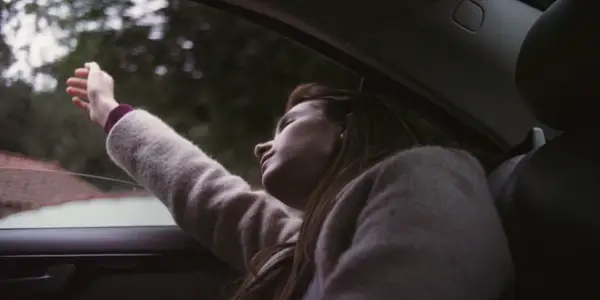
I can’t even tell you unbiasedly if Palo Alto is for all intensive purposes “good”, but what I can tell you is how it made me and a bunch of other kids at my age feel when we first watched it. The almost depressingly synth-y and distorted guitar driven soundtrack hooked us in with Devonté Hynes‘ song “April’s Daydream”, and with a surprising amount of warmth, comforted us in a climatic scene with Francesco Pennino‘s Italian classic, “ Mamma” (which I still listen to un-ironically).
Capturing the complexities of teenage years is one of the most abstract things you can do. Through the movie and book, Gia Coppola and James Franco’s: Palo Alto really got it. I, along with so many others, were shaped by movies that captured aspects of life that were hard to admit, and Palo Alto pushed me forward to go in search of other films that could give me the same experience.
Beauty In Teenage Aimlessness
Teddy was one of the first characters where I felt really drawn to as a teenager. He was a soft looking boy that had trouble living a non rebellious life. While his intentions usually meant well, Teddy often found himself in troubling situations such as a minor drunk driving accident, or cutting down an elderly tree with a chainsaw.
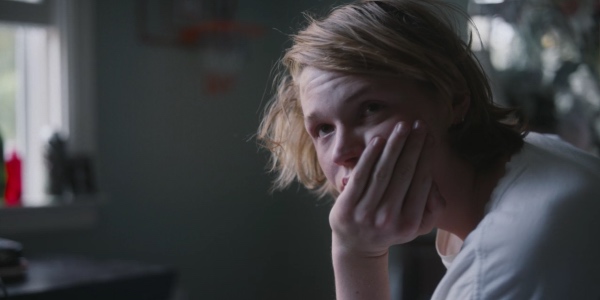
There’s a sort of beauty and simplicity to how Gia Coppola captures Teddy’s aimlessness. He wasn’t asking for your attention or your sympathy, but he also isn’t asking for you to discredit him entirely. His character wants to neutrally exist without impacting too many people positively or negatively. Teddy is a wallflower that only acts out to test his own limits, but for the most part wishes to coexist with the environment around him.
He lacked a certain self-awareness like a lot of people growing up do, and I related to him deeply. While I didn’t share quite the same destructive tendencies as he did, I often found myself wanting to be ignored; doing things not for attention, but just for the experience. Being passionate about everything and nothing at all.
Speaking to my friends that liked this movie, I was surprised by just how many people identified with Teddy. Justifying Teddy’s character was in a way justifying our own confusing behaviors. Through it, we were shown a softness and understanding that we weren’t used to; demonstrated in a way we were finally able to grasp – made possible through the secondary lens of film. We saw ourselves in Teddy, and we also felt a protectiveness towards him; almost as if he were a real person that we collectively knew. We were all Teddy, and Teddy was our friend.
When was the first time you felt seen in a film? Let us know in the comments below!
Watch Palo Alto
Does content like this matter to you?
Become a Member and support film journalism. Unlock access to all of Film Inquiry`s great articles. Join a community of like-minded readers who are passionate about cinema - get access to our private members Network, give back to independent filmmakers, and more.













